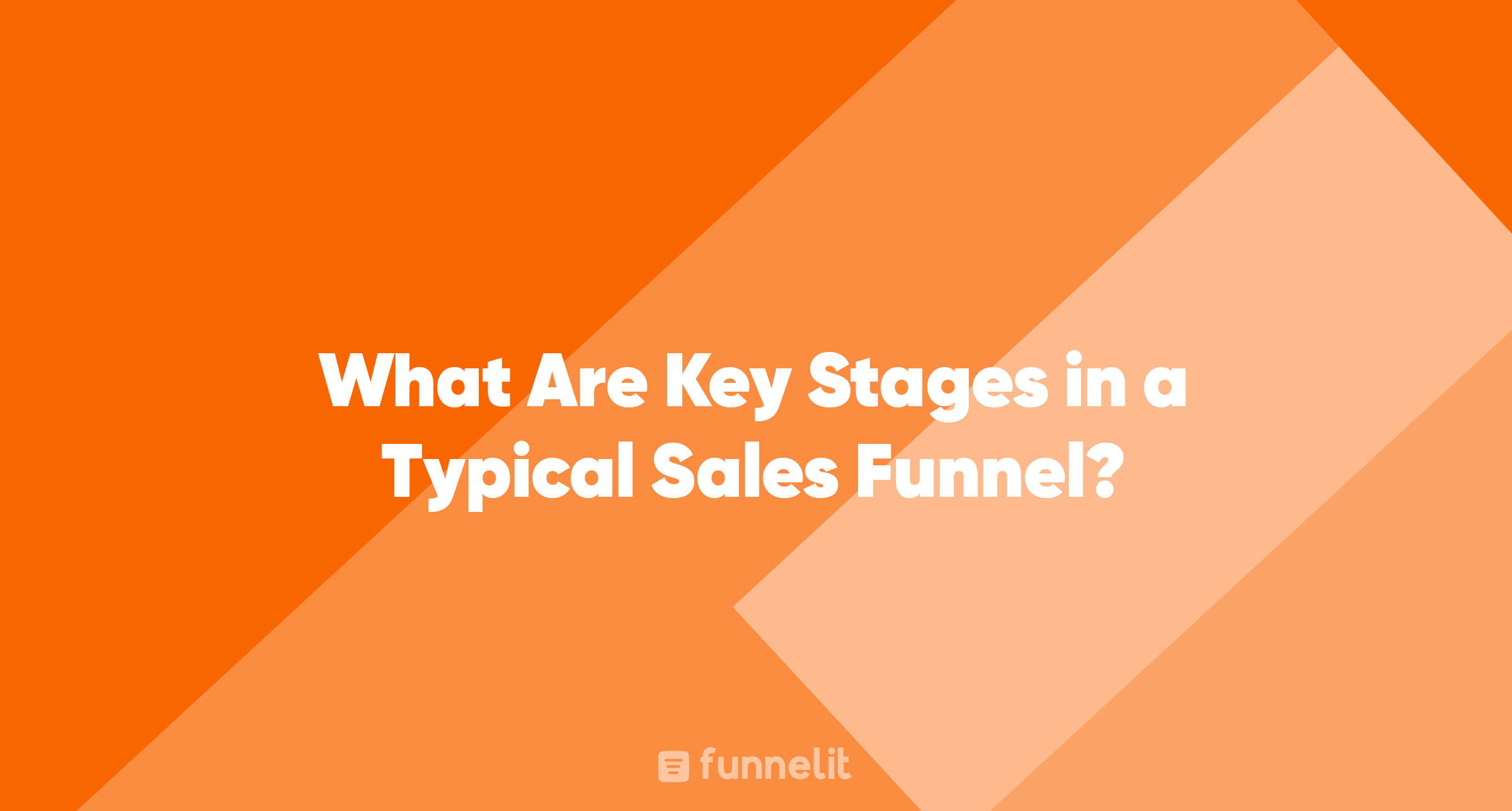The sales funnel is a fundamental concept in sales and marketing, representing the journey that potential customers take from initial awareness to making a purchase decision. In this article, we will explore the key stages of a typical sales funnel, providing insight into each phase and its significance in the conversion process.
1. Awareness Stage
The awareness stage is where the sales funnel begins. At this point, potential customers become aware of your brand, product, or service. They may discover your business through various means, including social media, search engines, word of mouth, or advertising. The primary goal of this stage is to grab their attention and introduce them to what you offer.
2. Interest Stage
As prospects move into the interest stage, they have shown an active interest in learning more about your product or service. They might explore your website, engage with your content, or sign up for newsletters. This stage is about nurturing their curiosity and providing valuable information that keeps them engaged.
3. Consideration Stage
In the consideration stage, prospects are actively evaluating their options. They might be comparing your product or service with competitors, seeking reviews and testimonials, or investigating features and benefits. It's essential to provide in-depth information and address their questions and concerns to help them make an informed decision.
4. Decision Stage
The decision stage is where potential customers are ready to make a purchase decision. They have weighed their options and are looking for the final push. Businesses should provide compelling incentives, such as discounts, free trials, or persuasive calls to action, to encourage prospects to take the final step.
5. Action Stage
The action stage is the point of conversion. This is where prospects become customers by making a purchase, signing up for a service, or taking a desired action. It's crucial to ensure that this stage is as straightforward and frictionless as possible to minimize drop-offs.
6. Post-Purchase Stage
The sales funnel doesn't end with the purchase; it extends into the post-purchase stage. Here, businesses aim to turn customers into repeat buyers, brand advocates, or loyal supporters. Maintaining excellent customer service, delivering on promises, and seeking feedback are critical in nurturing post-purchase relationships.
Conclusion
Understanding the key stages of a typical sales funnel is vital for businesses to effectively guide potential customers from awareness to action. By tailoring marketing and sales efforts to address the specific needs and concerns of prospects at each stage, businesses can optimize their conversion rates and build lasting customer relationships. A well-structured sales funnel not only boosts sales but also fosters customer loyalty and advocacy, driving long-term success.
